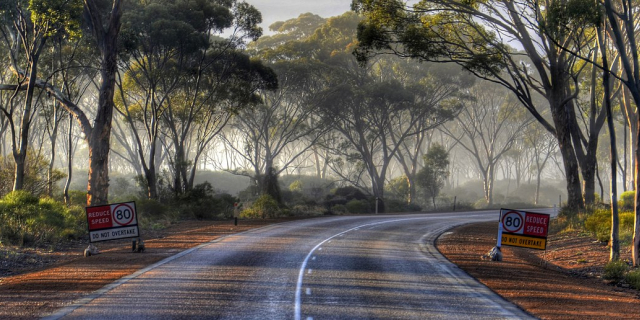Darling Harbour
Darling Harbour is a harbour adjacent to the city centre of Sydney, New South Wales, Australia that is made up of a large recreational and pedestrian precinct that is situated on western outskirts of the Sydney central business district.
Originally named Long Cove, the locality extends northwards from Chinatown, along both sides of Cockle Bay to King Street Wharf on the east, and to the suburb of Pyrmont on the west. Cockle Bay is just one of the waterways that makes up Darling Harbour, which opens north into the much larger Port Jackson.
The precinct and its immediate surroundings are administered independently of the local government area of the City of Sydney, by Property NSW.
 Darling Harbour as an industrial port in 1900
Darling Harbour as an industrial port in 1900Darling Harbour is named after Lieutenant-General Ralph Darling, who was Governor of New South Wales from 1825 to 1831. The area was originally known as Long Cove, but was generally referred to as Cockle Bay until 1826 when Governor Darling renamed it after himself. The name Cockle Bay has recently been restored in reference to the headwaters of the harbour.[1] It was originally part of the commercial port of Sydney, including the Darling Harbour Railway Goods Yard. During the Great Depression, the eastern part of Darling Harbour (Barangaroo) became known as The Hungry Mile, a reference to the waterside workers searching for jobs along the wharves.[2]
 Redevelopment and urban renewal of the area in the early 1980s
Redevelopment and urban renewal of the area in the early 1980sMuch of the land had been the site of the NSW Railways central marshalling yards and freight consolidation centre. The Enquiry into the NSW industry, including rail/road competition (1978–80), under Commissioner Gavan McDonell,[3] found that this centre was inefficient, should be moved, and the land used for other public purposes. These recommendations were acted upon and by the mid-to-late 1980s, when the area had become largely derelict it was redeveloped as a pedestrian and tourist precinct as an initiative of then New South Wales Minister for Public Works, Laurie Brereton. The Sydney Convention & Exhibition Centre at Darling Harbour was a venue of the 2000 Summer Olympic Games and a key meeting venue of APEC Australia 2007.
 The heritage listed Pyrmont Bridge spans the width of the harbour
The heritage listed Pyrmont Bridge spans the width of the harbour The southern end of Darling Harbour
The southern end of Darling HarbourOn 26 January 1994, Charles III then Prince of Wales, was giving a speech during the Australia Day celebrations. David Kang ran at the Prince whilst firing two blanks before falling onto the ground and being promptly held and arrested. The Prince was unhurt and was ushered off the podium.[4]


































Add new comment